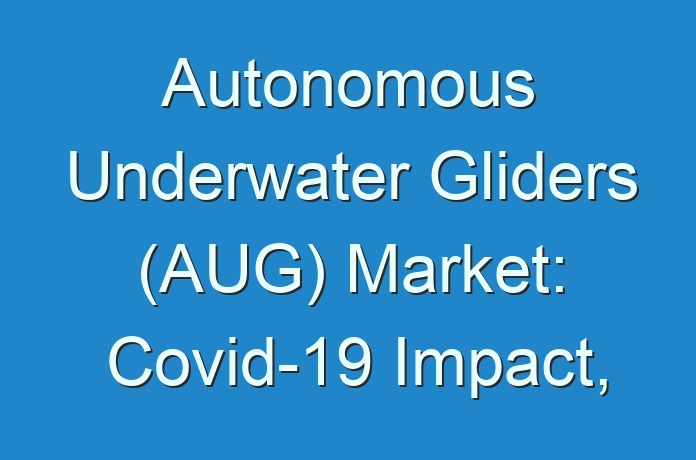
Various techniques and strategies have been used over the last few decades to observe the sea. Lately, the usage of autonomous underwater vehicles (AUV) to execute ocean surveys has been rising. These vehicles have made it possible for scientists to carry out complex studies on areas such as the effect of nutrients, pesticides, and metals on marine life, its ability to feed and reproductive success, or on pollutants such as biological toxins or chemicals, that are usually carried in the form of minute separate particles and combine with living organisms such as plankton, bivalves, and fishes or are deposited as bottom sediments. Furthermore, AUVs help environmentalists or scientists detect hazardous substances such as chemicals in the ocean.
Request PDF brochure
https://www.transparencymarketresearch.com/sample/sample.php?flag=B&rep_id=37259
For the detection of radioactive, chemical, or biological threats, or mines by the military of various countries monitoring of the seas has become very important. These have augmented the development of new types of AUVs, with integrated sampling equipment that are able to execute a wide range of fully automated monitoring surveys over prolonged periods of time. These vehicles help analyze and monitor the sea environment in a cost-effective manner by combining environmental data gathering capacities, simultaneous water sampling, and surveying capabilities. An autonomous underwater glider (AUG) is a type of a vehicle, which has the capability to glide long distances, or in some cases, is able to travel under power.
An AUG is a type of AUV that uses minute changes in its buoyancy to move upward and downward in the ocean akin to a profiling float. However, unlike a float, the AUG uses its wings to convert vertical motion into horizontal motion, thus driving itself forward with very low power consumption. It is not fast when compared to a conventional AUV. However, AUGs that employ buoyancy-based propulsion characterize a substantial increase in duration and range, and can extend ocean surveying missions to thousands of kilometers of range, and from hours to weeks or months.
More Trending Reports
The AUG market can be segmented based on operation type, operating depth, and region. In terms of operation type, the market can be divided into mechanical AUGs, electrical AUGs, thermal gradient AUGs, ocean wave energy AUGs, standard propulsion systems AUGs, and glider systems AUGs. Based on operating depth, the market can be segregated into 200 to 1000 meters, 1000 to 1500 meters, 1500 to 2000 meters, and 2000 to 6000 meters.
Buy Now
https://www.transparencymarketresearch.com/checkout.php?rep_id=37259<ype=S
Based on region, the AUG market can be split into North America, Europe, Asia Pacific, Middle East & Africa, and Latin America. North America dominated the AUG market in 2016, followed by Europe. This trend is anticipated to continue during the forecast period. The U.S. led the AUG market in North America in 2016. Manufacturers and end-user industries are focusing, as well as, creating huge possibilities in the marine industry. Rapidly changing vertical markets such as defense, government, oil & gas, and military; and oceanographic research that is placing orders for dozens of AUGs are the primary factors driving the AUG market. This has propelled advances in technology for AUGs, thereby giving rise to several new market trends. In turn, this is anticipated to propel the AUG market in the near future.
Request Discount
https://www.transparencymarketresearch.com/sample/sample.php?flag=D&rep_id=37259
Key players operating in the AUG market include Teledyne Technologies Company, Nortek A.S., Kongsberg Maritime, ALCEN, iRobot Corp., and General Dynamics Mission Systems, Inc.





